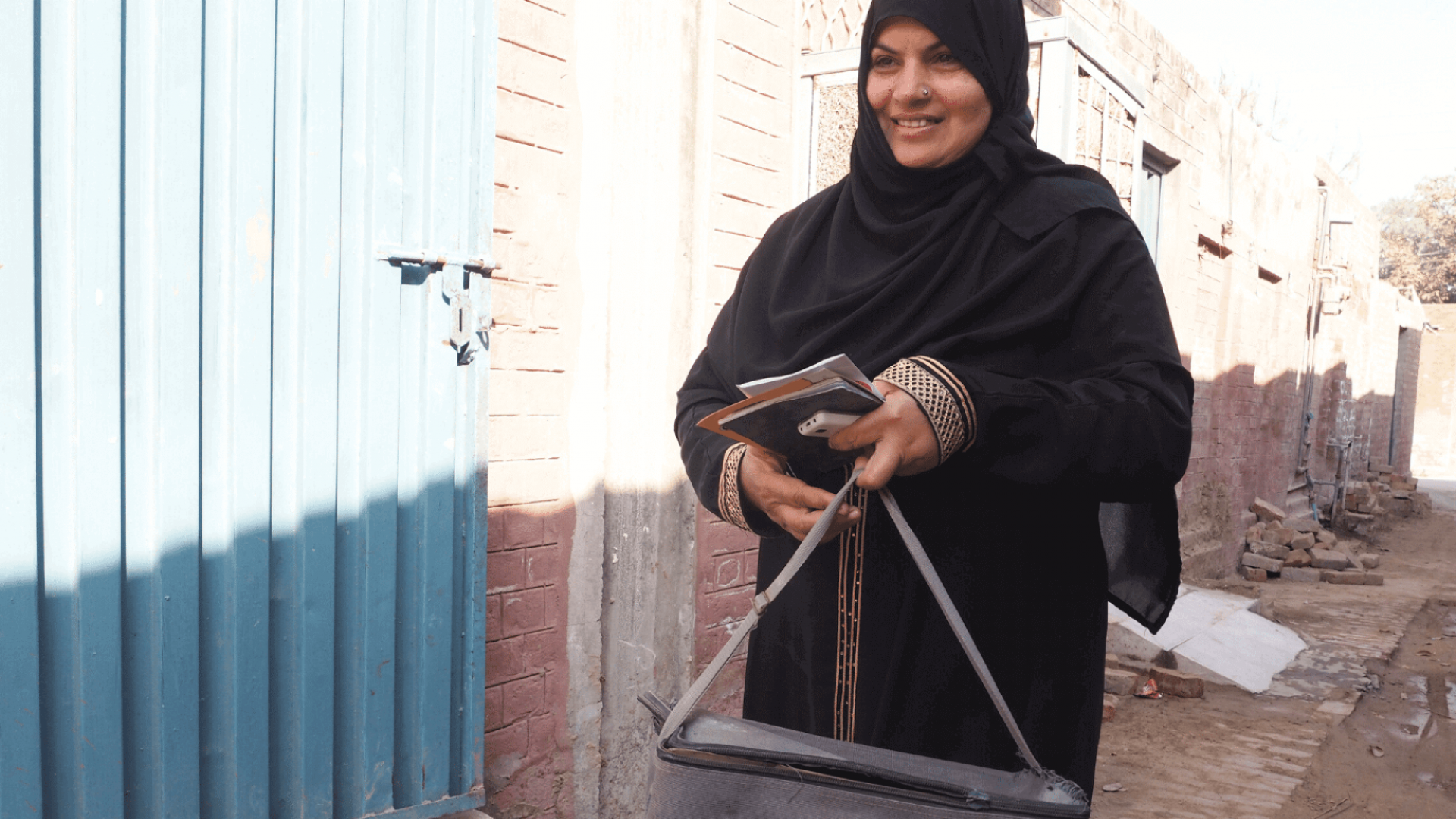Aboriginal and Torres Strait Islander people suffer from many disadvantages including high prevalence of avoidable vision impairment.1 A national survey found the prevalence of blindness was six times higher in these groups than for other Australians. Cataract, uncorrected refractive error, diabetic retinopathy and trachoma were the main causes. Only one third had ever had an eye examination. The unmet need was similar in urban and remote areas. A national programme for Indigenous eye health was established to close the gap for vision and provide equity in eye health.
Health system studies showed the pathway of care, or the patient journey, was like a leaky pipe with lots of cracks where people would fall out of the system. If only one or two leaks were fixed the pipe would still leak; all had to be fixed. Forty-two recommendations formed the Roadmap to Close the Gap for Vision, a long-term plan for sustainable, well-coordinated care to meet population-based needs. The key was bringing together regional stakeholders to plan and coordinate eye care from primary care in the Aboriginal Community-Controlled Health Organisations to secondary services including cataract surgery. Now there are regional networks in 59 of 63 regions across Australia. State-level committees support the regional groups.
Changes were needed in government-funded programmes for outreach services and some procedures. With extensive community input, a range of health promotional materials were developed. Eye services have increased three-fold, screening for diabetic retinopathy and cataract surgery has doubled. Although Australia is the only high-income country to still have trachoma; the prevalence has fallen from 21% in 2008 to 4% in 2018.2 The National Eye Health Survey in 2015 showed that the gap in blindness had been halved from being 6 times to 3 times that of non-Indigenous Australians.1
Recommendations required:
- working closely with the community groups and organisations;
- providing care as locally as possible;
- developing regional models and stakeholder partnerships;
- planning services to meet population-based needs;
- building on local service coordination and case-management;
- performance monitoring and reporting.
Effective advocacy and policy change needed:
- a united sector that “spoke with one voice”
- a comprehensive national, state-level and regional approach
- a national focus on “solutions” not “problems”
- a local focus on “what” needs to be done and not specifically on “how” it is done
Although Indigenous Australians still have higher rates of unnecessary blindness and vision loss, substantial progress has been made and hopefully the lessons learnt can be helpful in other circumstances.
- Foreman J, Xie J, Keel S, et al. The Prevalence and Causes of Vision Loss in Indigenous and Non-Indigenous Australians: The National Eye Health Survey. Ophthalmology 2017; 124(12): 1743-52.
- Australian Institute of Health and Welfare. Indigenous eye health measures 2018. Camberra: Australian Institute of Health and Welfare, 2019.

